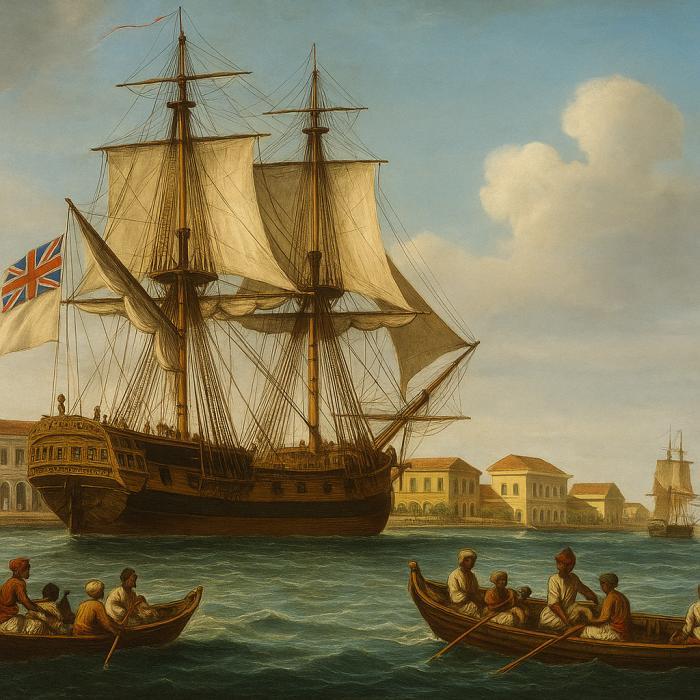2. Issued Its Own Currency

In a staggering display of corporate power, the East India Company didn’t just control trade—it also printed its own money. Typically, the issuance of currency is a privilege reserved strictly for sovereign nations. Yet, the company minted coins bearing its emblem and circulated them widely across territories it controlled, including Bengal, Bombay, and Madras. These coins became standard currency, shaping India’s economy profoundly and cementing the company’s economic dominance. The power to produce currency allowed the company not only to regulate trade but also to control markets, influencing prices and economic stability across vast regions of the subcontinent.
















